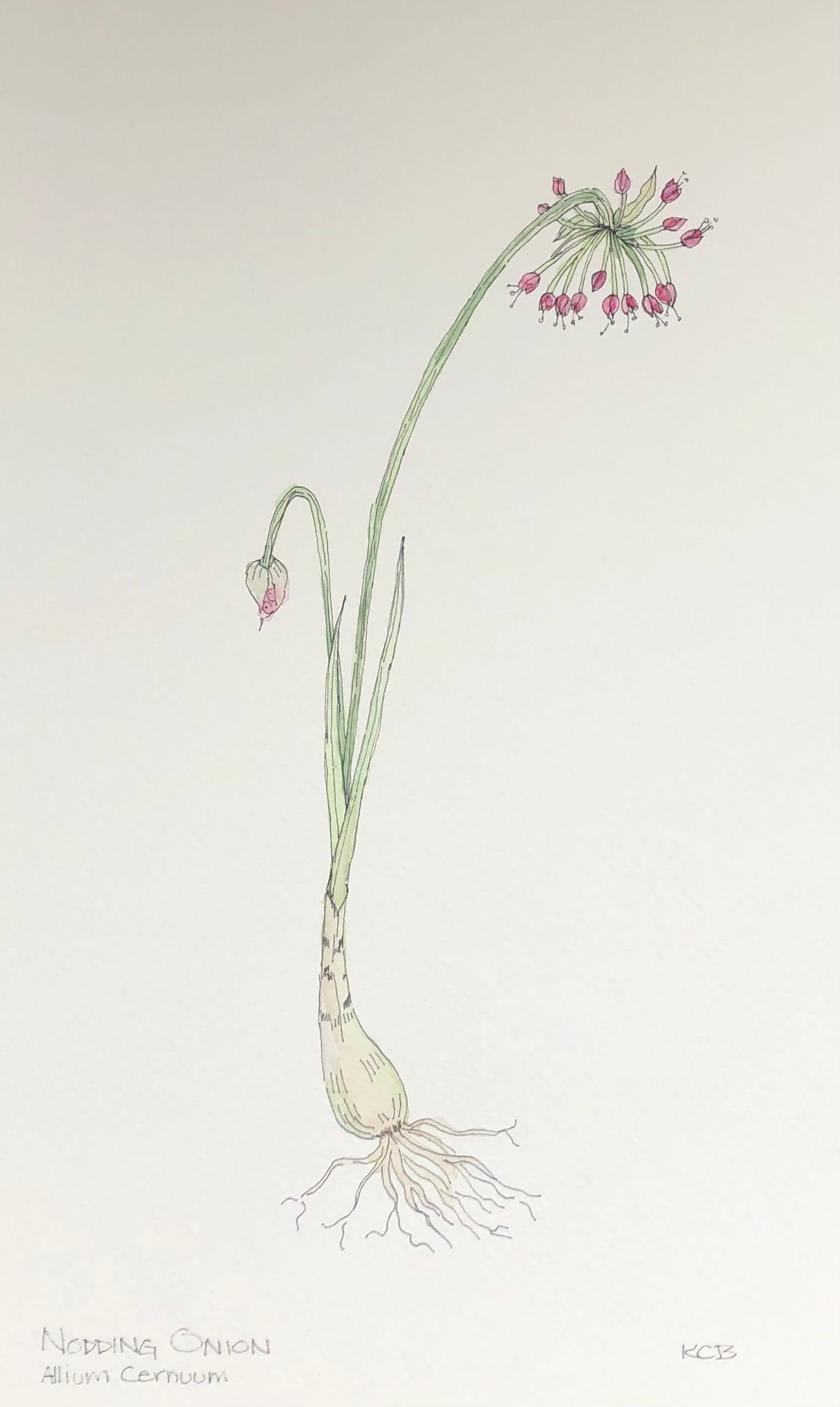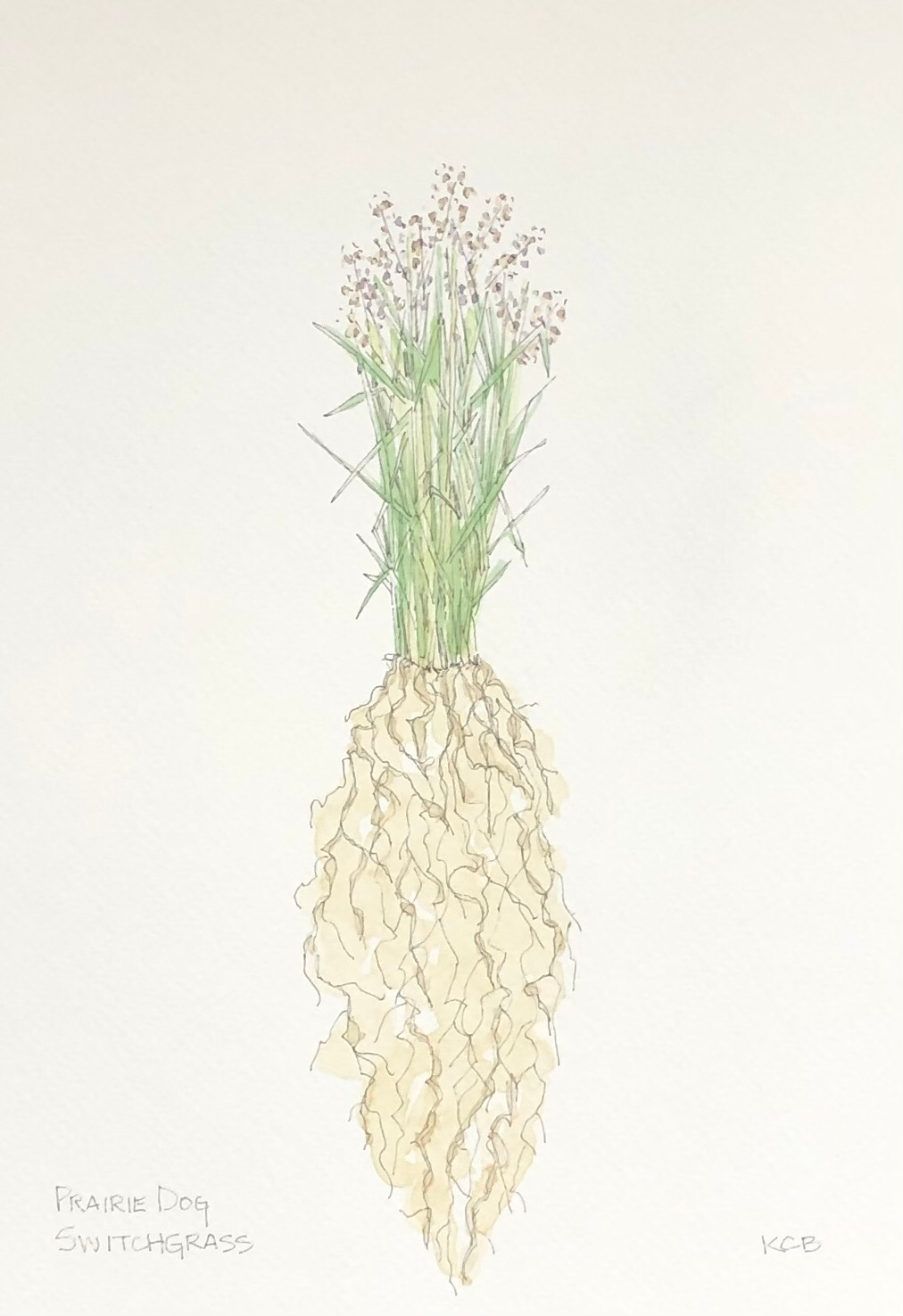INaturalist
A nod to a multi-purpose app for community science
The most multi-tool app of the community science world is a smartphone based one called iNaturalist. This one single app is a real humdinger––it can help you identify birds, plants, insects, amphibians, lichen and more. Introduced in 2008, iNaturalist is now so popular that it has 3.2 million registered users around the world who are sharing data with scientists via its easy-to-use interface.
Last week, I wanted to try iNaturalist someplace new and to learn more about Georgia native plants, so Fred, my husband, and I met up with Mary, our friend of more than 30 years. Mary is a person who gives multi-tool vibes herself. She’s a master gardener, trail-builder, board member of an Atlanta organization dedicated to conservation, and, of personal importance to me, the one who shared some native plant names (fun names like Nodding Onion, Rattlesnake Master and more!) that eventually helped me tell this story.
And the Nodding Onion says: oh, yeah.

We recently met Mary to spend an afternoon taking two different hikes in two different urban parks near downtown Atlanta. First, we checked out the Confluence Trail. Mary volunteers with the South Fork Conservancy and is involved in several of the group’s projects at the Confluence Trail. The Conservancy does things like help create and maintain trails that connect different parts of the city, plant native plants alongside trails, and, in a major project about two years ago, raised the money to install a $2.5 million bridge to connect three downtown trails in the vicinity of Peachtree Creek. At the site of our first hike, Mary met us with hugs and fold-out maps that showed current trails, as well as the future trails the Conservancy and its partner organizations hoped to build.
“Right now, I’m helping plan a native plant project,” she told us, adjusting her binoculars over one shoulder so they wouldn’t swing around when she walked. Mary’s a power walker and a birder too. “We have some work days coming up in May where we’ll put hundreds of plants in the ground. We’ll fill this area . . .,” she opened her arms wide over a gray weedy patch the size of a two-car garage. “And this one.” She’d marched 10 feet to another unimpressive patch of sticker-weeds and waved her arms again. Muted city sounds hummed around us, as Fred and I stood there listening and trying to imagine the colors and shapes that were coming to this place. Organization is one of Mary’s powers, as well as high energy. I could easily picture her making calls and sending messages to get the volunteers out for a good cause.
And the Summer Surrender Ironweed says: let Mary be Mary.

As we were out exploring, I discovered Mary uses iNaturalist too, so as we hiked around, we sometimes took pictures of plants, trees, and birds. One part of the trail goes through a wide and gloomy I-85 underpass, a place with a roar and a scent that made you feel like you are at Talladega on race day. Apparently, this shadowy space is the perfect place for excess trash to accumulate too. Mary was aggravated to see sizeable discards not far from the trail that day.
“Well, let’s get rid of this,” she said, walking up the sketchy slope of the underpass to collect a tire and, a bit further on, an old grocery cart. “I’ll take it out to the trailhead. Hopefully the trash service will collect this.” It was almost time for us to leave Confluence Trail and head to our second location for the afternoon. As we headed back to our cars, I tried to catch Multi-tool Mary off guard with a challenge question.
And the Prairie Dog Switch Grass says: always be switching.

“Mary, one thing I need to know,” I began. Fred and I were trailing behind her, trying to keep up. She was manhandling that cart. I wouldn’t have been surprised if she popped a wheely with it. She did hear my voice, however, so she backed off her pace a little to listen. I asked: “Just what exactly is so great about planting native plants?”
“A local plant just works better in the local soil, with the local pollinators, local climate,” she said. She added that native plants are a strong part of the local ecosystem which makes them hearty and helpful to local wildlife. They are, she explained, usually easier to maintain and use less water and grow well without fertilizer and pesticides.
“And they are beautiful. Any plant will need some attention and some maintenance, even native plants. But natives are closer to a ‘set it and forget it’ reality,” she said. “When I get home, I’ll send you the list of plants we will get started here in May.”
We left the Confluence Trail and drove in our separate cars about five miles to a different park further up South Fork Peachtree Creek. Mary wanted to show us Zonolite Park, and I wanted to take more pictures for iNaturalist. As we drove over to meet her, Fred and I shared what little we knew about the substance Zonolite, which is also the park’s unusual name.
“Zonolite was asbestos-riddled home insulation,” I told him. “Years ago, there was a Zonolite distribution center in the area that we are headed to. They handled tons of the stuff there. After they closed it, there were years of lawsuits, and millions of dollars needed to come in and clean up. Honestly, you’d think they wouldn’t name a park after toxic insulation.”
And the Rattlesnake Master says: boo-hisssssss!

As soon as we got out of our cars, I hit Mary with: “Mary. It seems like they wouldn’t have kept the name Zonolite for this park.” She could probably hear the hiss in my words.
“Hmmm, dunno. History, I guess,” she said. With that, we all started walking into the park. I could tell that park’s name was old news to Mary. She was eager to get out on the trails.
With me and names, it's like this: use history if you want but give yourself latitude to keep going further back if needed to find a good name. Don’t call a feature-rich 13-acre pocket park after a chemical that can give you cancer. Pocket Park would have been so cute, I thought as I paused to look over Zonolite’s neatly fenced community garden. I was evaluating the overwintering lettuces, but also thinking about Native Americans. I’d read that Native Americans had traded on the banks of the South Fork Creek in these parts, so naming this park after the Muscogees or the Cherokees, or even the river itself, would have been perfect.
“Maybe name it South Fork Creek Park?” I said aloud to no one. Fred and Mary had already marched off across a petite grassy meadow and were examining the shiny surface of a pond excited to see a cluster of unusual water irises growing out of shallow water. I could hear them trying to predict when to come back to see them in full bloom and wonder what color they’d be.
So, I started living in the moment too and quit thinking about Zonolite. We skipped rocks in the clean-looking water of the South Fork, used our Merlin Bird ID apps to ID some birds while searching treetops for nests, and tramped along every inch of every trail. We spent a little over an hour in Zonolite Park and got a lot out of it. Science got something out of it too, because we used the iNaturalist app to upload images of bright yellow butterweeds, umbrella-like Mayapples and a budding Florida anise bush. Zonolite was a delight, and it felt fantastic to spend the tail-end of that mild winter day hanging out with Mary.
And the Bee Balm says: peace be with you.

INaturalist is so popular it has a nickname, iNat. I recommend you download it to contribute to community science easily and often. As for combining the use of iNaturalist with a desire to know which plants are Georgia natives, Mary suggests we use the app to identify a plant, then consult the Georgia Native Plant Society website to see if it is a native.

Coffee Conservancies Near Me
The rumor is that in some parts of the U.S. the locals pay more attention to the whole concept of conservation that we do here in Georgia. Maybe that’s not right, but I have heard it suggested a few times from the experts I’ve interviewed for The Everyday Scientist. It made me think about Conservancies in general, and all the work they do protecting natural resources. Hiking with the folks from the Sandy Springs Conservancy last week, and with Mary from the South Fork Conservancy this week made me consider this subject even more. I’m wondering what you think? Today, I searched “conservancies near me” on my phone. I’m near Lexington, Ky. for a few days, and I got as many results as I do when I, more typically, search for “coffee near me.” Maybe try it yourself. Please share some stories with me about a great conservancy you know about and support. Thanks for reading.
Upcoming:
More about iNat! A guest article coming too!
I’ll hike next week with the Georgia Conservancy, which is organizing an outing at Arabia Mountain. Can’t wait to see the diamorpha.




Another great post. I am enjoying reading these and maybe we will download iNaturalist for our trip out west.